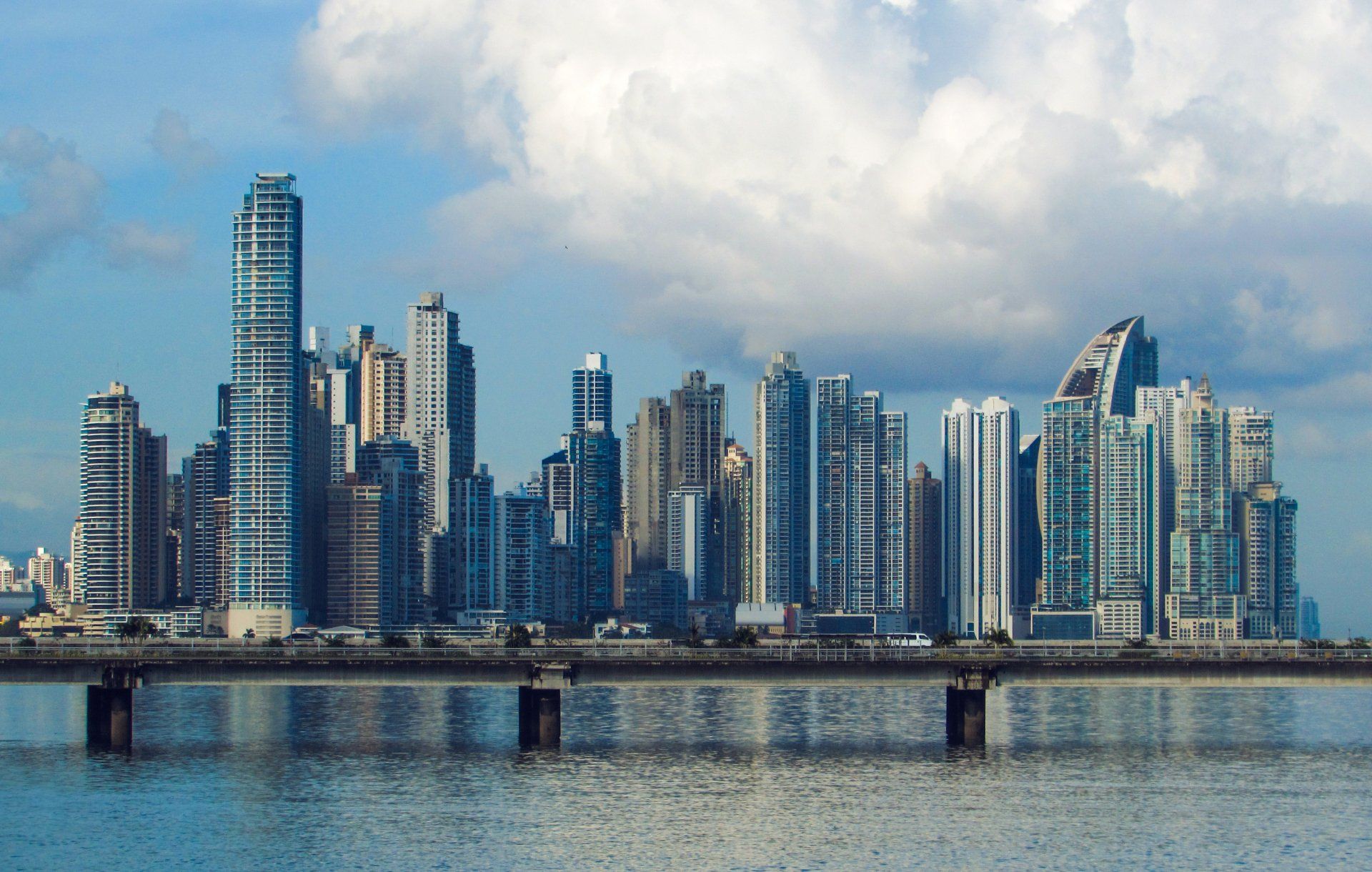Unlocking Potential: The Benefits of Investing in Latin America
Unlocking Potential: The Benefits of Investing in Latin America

Investing in Latin America isn't merely an economic consideration; it’s a chance to make significant impacts on social structure, quality of life, and the broader economies of the region. Despite misconceptions of volatility, Latin America presents numerous unique opportunities for investors, particularly in the realms of private equity and venture debt markets. This article aims to unravel the benefits and long-term impacts of investing in Latin America, focusing on the transformative influence it can have on the region's economy, social structure, and the quality of life for its residents.
The Economic Landscape of Latin America
Latin America’s economy comprises 33 sovereign countries, each with its own unique economic characteristics. Over the years, the region has seen significant growth in various sectors, including technology, e-commerce, agriculture, and renewable energy. Notable examples include Brazil’s expansive agribusiness sector, Argentina's software industry, and Chile’s burgeoning renewable energy market.
World Bank data indicates that despite occasional economic downturns, the GDP of Latin America and the Caribbean region grew from USD 5.61 trillion in 2010 to an estimated USD 9.21 trillion by 2022. This growth, coupled with the rising middle class, has amplified the demand for quality goods and services, making the region increasingly attractive for foreign investors. Moreover, some countries have made significant strides in ensuring macroeconomic stability, providing a secure platform for investments.
Private Equity and Venture Debt Markets in Latin America
Private equity and venture debt markets have gained considerable traction in Latin America over the last decade. According to a 2022 report by the Latin American Private Equity & Venture Capital Association (LAVCA), the region saw a record of USD 6.2 billion in venture capital investments.
Despite the pandemic, the trend has remained robust, mainly driven by technology-oriented investments. In Brazil alone, the technology sector garnered USD 2.7 billion in private equity investments, a remarkable increase from the previous years. Furthermore, start-ups are sprouting across the region, from Mexico to Argentina, with venture capitalists and private equity firms betting on their growth.
Foreign investors have been instrumental in funding these enterprises, leading to job creation, fostering innovation, and improving the competitive landscape of Latin America.
Impact on Social Structure and Quality of Life
Investments, particularly in infrastructure, technology, and healthcare, have proven to have a profound influence on social structure and quality of life in Latin America. For instance, investments in technological innovation have led to an increase in financial inclusion, with fintech solutions reaching remote, unbanked populations. According to the World Bank, the percentage of adults with a bank account in the region has risen from 39% in 2011 to 54% in 2017, marking a significant stride in financial inclusion.
Similarly, investments in healthcare technology have improved the availability and quality of healthcare services. Telemedicine start-ups, funded by venture capitalists, have revolutionized access to healthcare, especially in rural areas.
Infrastructure investments have had a direct impact on the quality of life by improving the region's transport, utilities, and housing sectors. The Inter-American Development Bank (IDB) estimates that Latin America needs to invest about 5% of its GDP annually in infrastructure to meet its development goals. Investment in this area would not only yield significant returns but also improve living standards across the region.
Benefits for Foreign Investors
Investing in Latin America also presents a wealth of advantages for foreign investors. As the region moves toward greater economic liberalization, foreign investment laws have become increasingly favorable. Investors can now reap the benefits of tax incentives, free trade zones, and a larger, more skilled labor force.
The potential for high returns, particularly in private equity and venture debt markets, is significant. By investing in start-ups and high-growth sectors such as technology, e-commerce, and renewables, foreign investors have the opportunity to generate substantial returns.
Additionally, diversification in Latin America can help investors reduce their portfolio risk. The region’s markets often demonstrate a lower correlation with the global market, making them an excellent choice for portfolio diversification.
Conclusion
Investing in Latin America goes beyond economic advantages, promising positive impacts on the social structure and quality of life for its populace. By investing in private equity and venture debt markets, foreign investors can foster economic growth, job creation, and innovation while reaping potentially high returns. As the region continues to stabilize and liberalize economically, the potential for investing in Latin America will only continue to grow.







